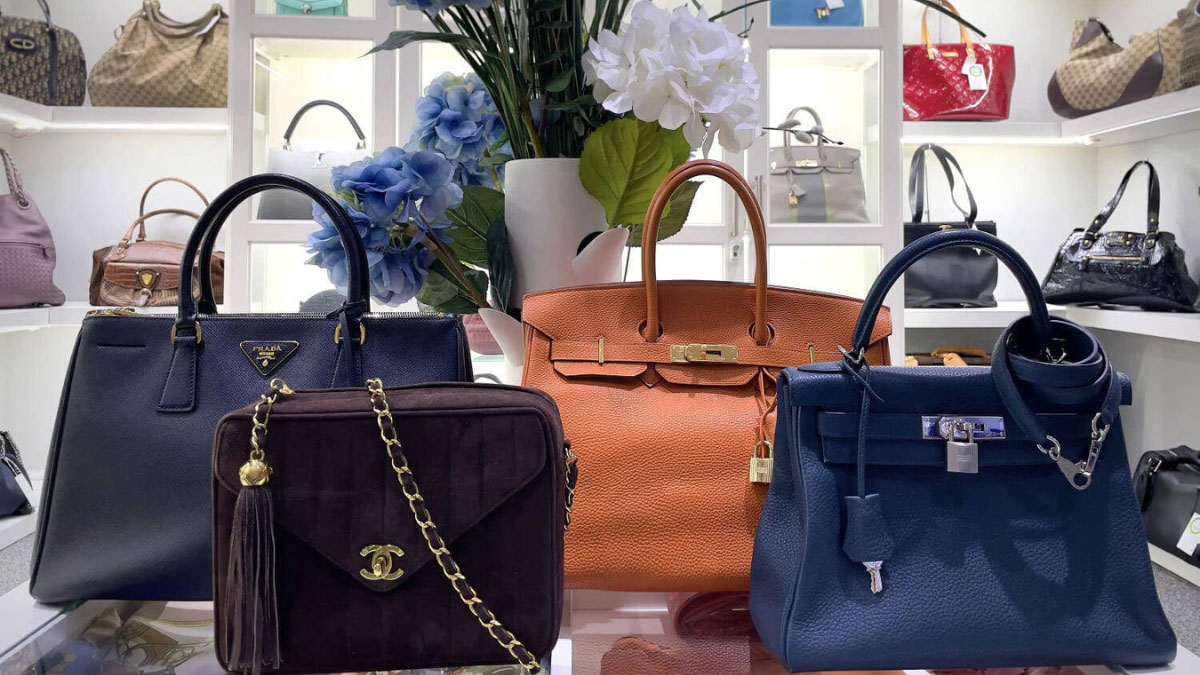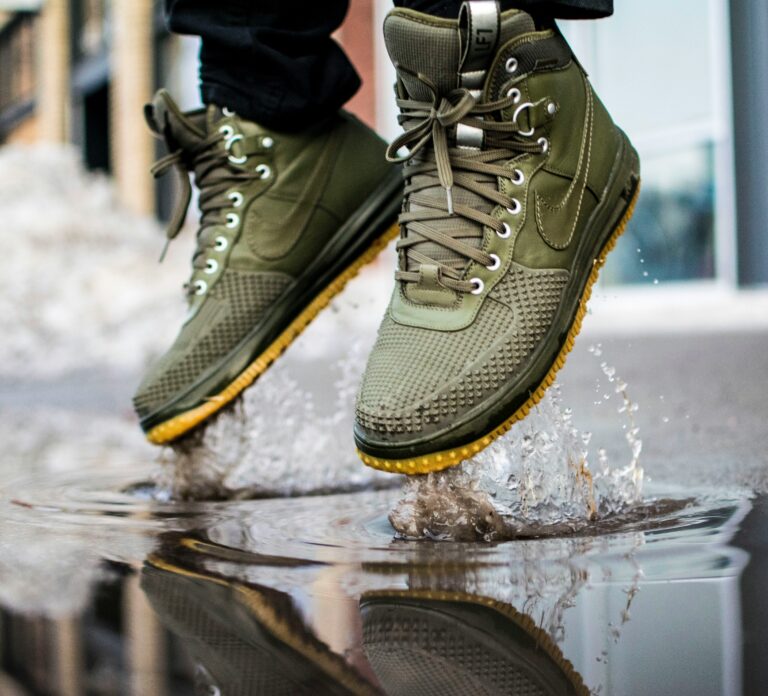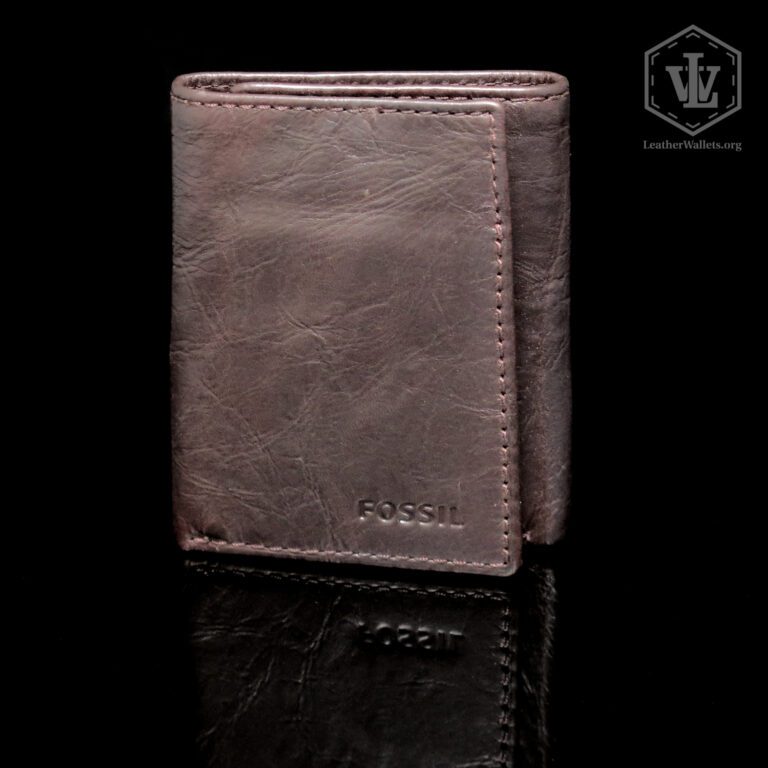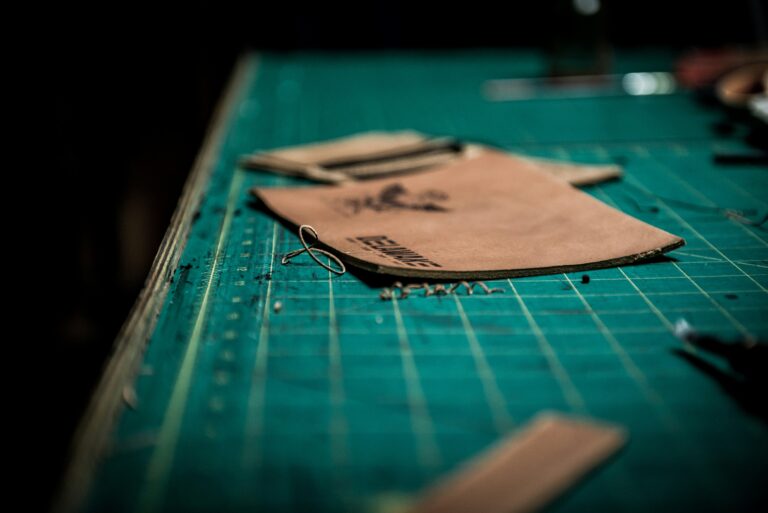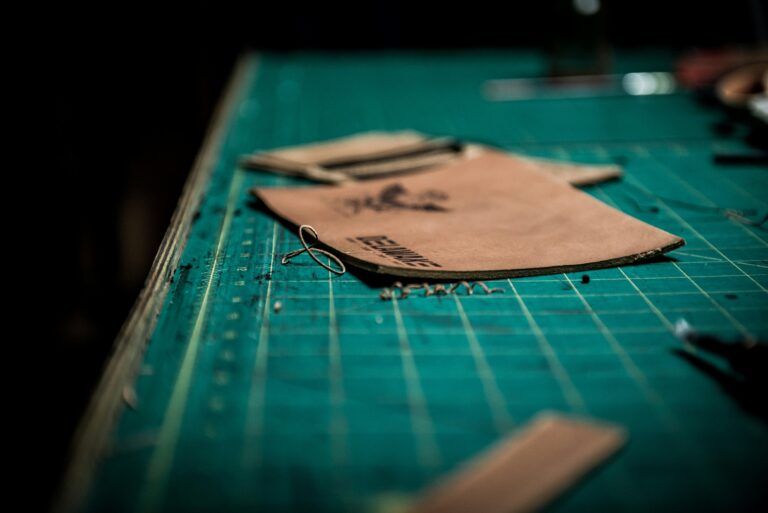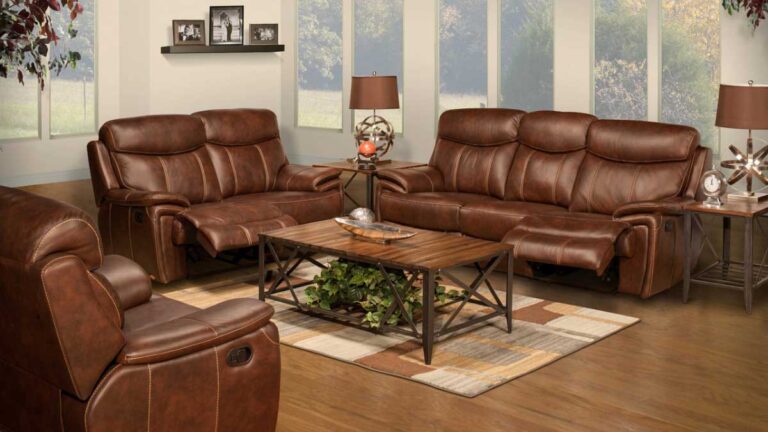Different Types of Leather Handbags: A Comprehensive Guide
Leather handbags are more than just accessories; they’re a blend of style, durability, and timeless elegance. When choosing a leather bag, understanding the different types of leather can make all the difference. Each type offers unique textures and characteristics that cater to various tastes and needs.
From soft and supple goat leather to the robust and resilient cowhide, leather handbags come in a wide array of options. The journey of a real leather bag begins with animal fur, meticulously treated and crafted into a masterpiece. Whether you prefer the smooth finish of calfskin or the textured appeal of hammered leather, the right choice can elevate your fashion game.
Exploring the diverse world of leather handbags helps you make an well-informed choice, ensuring that your investment not only complements your style but also stands the test of time. With so many options available, finding the perfect leather handbag becomes an exciting and rewarding experience.
Key Takeaways
- Diverse Leather Types: Leather handbags are crafted from various types of leather, each offering distinct textures and characteristics—such as full grain, top grain, nubuck, saffiano, and more—to suit different styles and needs.
- Natural vs Synthetic: Understanding the differences between natural and synthetic leather is crucial for making informed choices regarding durability, maintenance, and budget, alongside ethical considerations.
- Choosing the Right Handbag: Successful selection involves matching leather characteristics to your lifestyle needs, ensuring the bag’s quality, style, and functionality complement everyday life.
- Care and Maintenance: Proper care techniques—regular dusting, conditioning, storage protocols—are essential for preserving the beauty and longevity of leather handbags.
- Unique Style Statements: Exotic leathers, such as crocodile or snake, offer unique patterns that make bold fashion statements and emphasize luxury and individuality.
Different Types of Leather Handbags
Understanding the types of leather used in handbags helps ensure you choose a durable and stylish piece. Pay attention to the leather’s quality, texture, and suitability for your needs.
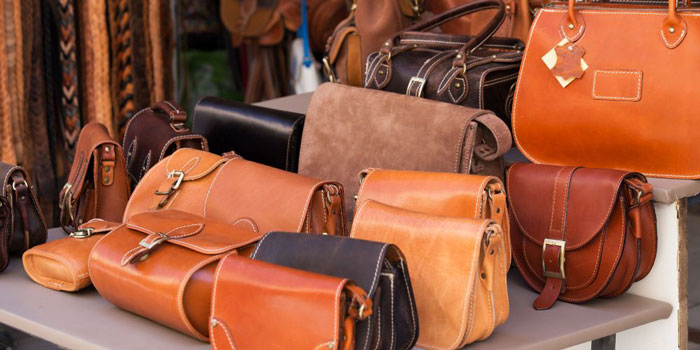
Full Grain Leather
Full grain leather is the top choice for handbag enthusiasts due to its durability and rich patina. Derived from the hide’s outermost layer, it displays natural imperfections, which contribute to its unique character. This type can last up to 30 years or more if properly cared for.
Top Grain Leather
Top grain leather involves sanding or buffing to remove surface imperfections, creating a smooth finish. While slightly less robust than full grain, it offers a balance between aesthetics and durability. Opt for top grain if you prefer a sleeker appearance without compromising quality.
Nubuck Leather
Nubuck leather features a soft, velvety texture created by sanding the hide’s outer layer. It’s similar to suede but more durable because it’s made from the grain side. Regular cleaning and protective sprays can help maintain its elegant surface.
Saffiano Leather
Saffiano leather is known for its cross-hatch pattern and wax coating, making it scratch-resistant and easy to clean. Often used in luxury handbags, this type is both stylish and practical for everyday use.
Patent Leather
Patent leather boasts a glossy finish achieved through a high-gloss coating. While elegant, the surface can be prone to cracks if not handled carefully. Choose this type for formal occasions where aesthetics take precedence over ruggedness.
Suede Leather
Suede leather, with its soft nap, offers a casual and chic look. It’s made from the underside of the hide, lending it a pliable and lightweight quality. Keep suede handbags clean by avoiding water exposure and using a brush to maintain the texture.
Bonded Leather
Bonded leather combines leather scraps and polyurethane, resulting in a lower-cost alternative. It’s less durable than other types and suitable for those seeking a leather look without investing in higher-grade materials.
Exotic Leathers
Exotic leathers like crocodile, snake, and ostrich provide unique textures and patterns. These types are typically more expensive due to their rarity and the intricate processes involved in their creation. Consider exotic options for a statement piece that emphasizes luxury and individuality.
Natural vs Synthetic Leather
In the area of leather handbags, understanding the distinction between natural and synthetic leather is essential. Each offers unique qualities affecting durability, appearance, and care.
Characteristics of Natural Leather
Natural leather, derived from animal hides, comes in several types that exhibit distinct traits:
- Full-Grain Leather: Admired for durability, it features the hide’s natural surface with unique markings and ages gracefully, developing a patina. It can last over 25-30 years, depending on usage.
- Top-Grain Leather: Offers a smoother finish by sanding down imperfections. It’s less robust than full-grain leather but maintains durability with a refined appearance.
- Goat Leather: Known for being lightweight and strong, it provides a soft, supple texture. It resists water but might stretch or display natural goat skin marks over time, costing less than cowhide leather.
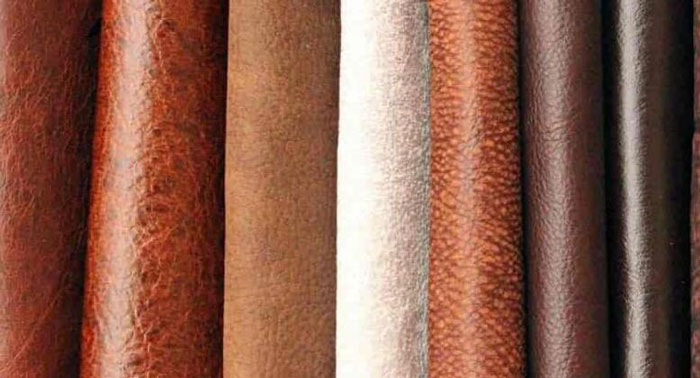
Benefits of Synthetic Leather
Synthetic leather, an artificial alternative, presents several advantages:
- Affordability: Generally cheaper than natural leather while mimicking its appearance.
- Versatility: Available in diverse textures and finishes, synthetic leather accommodates various colors and designs, ideal for cruelty-free preferences.
- Durability: Resistant to stains and scratches, it’s made from materials like polyurethane (PU) or polyvinyl chloride (PVC), ensuring easy maintenance and waterproof properties.
By understanding these differences, you can make informed decisions when selecting leather handbags, balancing budget, style, and ethical considerations.
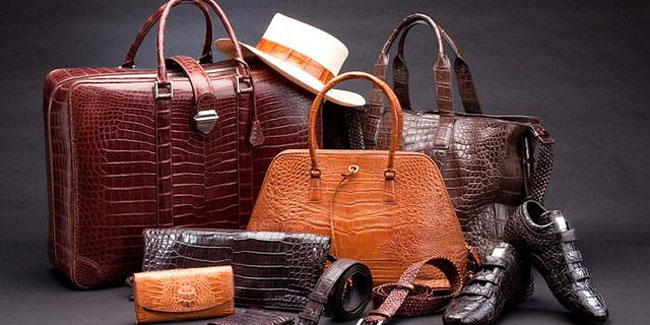
Choosing the Right Leather Handbag
Selecting the perfect leather handbag involves understanding various leather types and aligning them with your lifestyle. Consider key factors such as quality, style, and functionality to make an well-informed choice.
Considerations for Quality and Style
To choose a high-quality leather handbag, assess the type of leather, craftsmanship, and design:
- Type of Leather: Full-grain leather is highly durable and develops a rich patina, making it ideal for long-lasting elegance. Top-grain leather offers a smooth finish and balance between quality and cost.
- Craftsmanship: Examine stitching, lining, and hardware to ensure durability. Handcrafted bags often showcase superior attention to detail.
- Design: Opt for classic designs for timeless appeal. Contemporary styles may suit those seeking a trendy look.
Matching Leather Types with Lifestyle Needs
Align leather characteristics with your daily activities and personal preferences. Here’s how various types cater to different lifestyles:
- Active Lifestyle: Choose durable full-grain leather that resists wear and tear. It suits individuals requiring robust bags for daily use.
- Executive Setting: Opt for top-grain leather with a smooth, polished surface. It provides professionalism while retaining elegance.
- Casual Luxury: Aniline leather offers a soft, natural finish that appeals to those valuing organic aesthetics and softness.
Understanding these elements ensures that your leather handbag complements both your functional needs and stylistic preferences.
Care and Maintenance of Leather Handbags
Proper care is essential to maintain the beauty and longevity of your leather handbags. By understanding and applying specific care techniques, you can ensure they remain in excellent condition.
Cleaning and Conditioning
- Regular Dusting: Use a soft cloth to remove dust. This prevents dirt buildup which can damage the leather surface over time.
- Conditioning: Apply a leather cream monthly. Gently massage it into the leather with a clean cotton cloth and allow it to absorb for 15 minutes. Buff the surface to revive the color and improve the leather’s texture.
- Avoid Harsh Chemicals: Cleaners with harsh ingredients can strip the natural oils, leading to dryness and cracking.
Proper Storage
- Temperature Control: Store in a cool, dry place to prevent mold growth and cracking.
- Structured Support: Stuff your handbags with acid-free paper to maintain their shape. Avoid using newspaper as ink can transfer onto the leather.
- Dust Covers: Use dust bags to protect from direct sunlight and dust, preserving the handbag’s color and texture.
- Water Exposure: Keep bags away from rain and humidity. Use waterproofing sprays designed specifically for leather if exposure is expected.
- Sharp Objects: Avoid placing items with sharp edges inside to prevent punctures or tears.
- Safe Handling: Hold by the handles, not the edges, to avoid stress on the seams.
By following these steps, you’ll ensure your leather handbags maintain their style and durability over years of use.
Conclusion
Exploring the world of leather handbags opens up a area of style and functionality that caters to diverse tastes and needs. By understanding the unique qualities of different leather types, you can make well-informed decisions that align with your lifestyle and ethical values. Whether you prefer the natural charm of full-grain leather or the versatility of synthetic options, there’s a perfect handbag waiting to complement your wardrobe. Remember, investing in the right leather handbag not only elevates your fashion game but also ensures a timeless accessory that stands the test of time. With proper care and maintenance, your leather handbag will continue to be a cherished piece for many years.
Frequently Asked Questions
What are the main types of leather used in handbags?
Leather handbags are crafted using various types of leather, including full grain, top grain, nubuck, saffiano, patent, suede, bonded, and exotic leathers. Each type offers distinct qualities; for instance, full-grain leather is renowned for its durability and ability to age well, while nubuck leather has a soft, velvety surface. Choosing the right leather type depends on personal preference and how you plan to use the handbag.
How do I care for my leather handbag?
To maintain the beauty of your leather handbag, regularly dust it with a soft cloth and apply leather conditioning cream monthly. Store it in a cool, dry place, away from direct sunlight, using structured support to maintain its shape. Protect it with a dust cover and avoid exposure to water and sharp objects. By following these guidelines, you can enhance the longevity and appearance of your leather handbag.
What distinguishes natural leather from synthetic leather?
Natural leather is made from animal hides, providing a unique texture, durability, and the potential for developing a patina over time. Synthetic leather, on the other hand, is man-made and offers affordability, versatility, and cruelty-free attributes. While synthetic leather may not offer the same aging qualities as natural leather, it is often more resistant to stains and easier to maintain.
What factors should I consider when choosing a leather handbag?
When selecting a leather handbag, consider the leather type, craftsmanship, and design to ensure quality and style. Align the leather’s characteristics with your lifestyle needs; full-grain leather is ideal for durability, while top-grain offers a balance of quality and cost. Evaluate how the handbag will perform in your daily activities, such as choosing polished finishes for executive settings or softer textures for casual luxury.
How long can I expect a leather handbag to last?
A high-quality leather handbag, if properly cared for, can last for over 30 years. Longevity depends on factors like the quality of the leather, the craftsmanship, and the hardware used. Consistent care and maintenance can significantly extend the lifespan of your leather handbag, making it a wise fashion investment.

